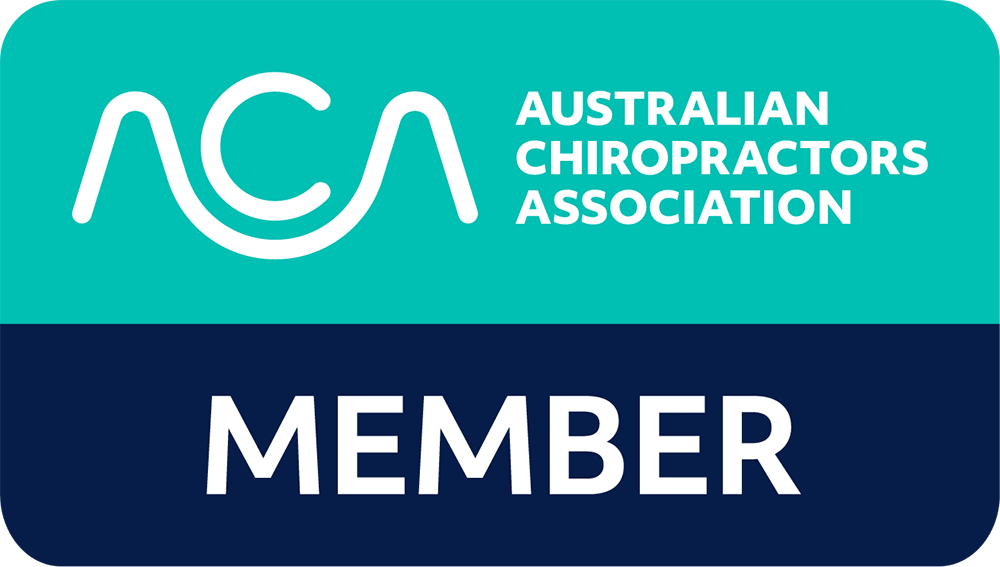
So your friend signed up for the Sydney Half Marathon in 8 weeks and needs a running buddy, but the last time you went for a run was about 5 months ago. You know you can run about 5kms without any training but it’s a struggle. Is 8 weeks enough time to build up to 21.5km? What are the risks involved in pushing out an extra 16.1km in 8 weeks time?
One of the most common injuries physiotherapists see in recreational runners is Achilles based pain and, in particular, Achilles tendinopathies. It is estimated that the annual incidence of Achilles tendinopathies in runners is between 7% and 9%.
Gradual onset of localized pain, pain on calf raise, crepitus or nodules, pain at beginning of exercise, and pain at the end of activities are just some characteristics of an Achilles tendinopathy. The condition presents due to cumulative loading and micro trauma to a tendon not equipped to deal with the load it’s placed under. Some common risk factors of Achilles tendinopathy in runners include:
- Recent or sudden increases in training load
- Changes in footwear
- Short Gastrocnemius/soleus complex
- Excessive pronation
- Proximal weakness (glutes/quads)
One easy way we can reduce the risk of Achilles based pain when running is to consider a more graded approach to training. A useful guide is the 10% rule, which states you should increase your running distance and intensity by no more than 10% each week. This will help the tendons to adapt gradually without excessive overload.
To summarize, say YES to running! Just ensure you leave enough time to hit your distance and time goals and to reduce the risk of an overuse injury.
Daniel Noble is a physiotherapist at our Mona Vale clinic. He likes to help people with a variety of sports injuries, overloading injuries, and chronic neck and back pain. To get in contact with him for a consultation, call 9979 8887

